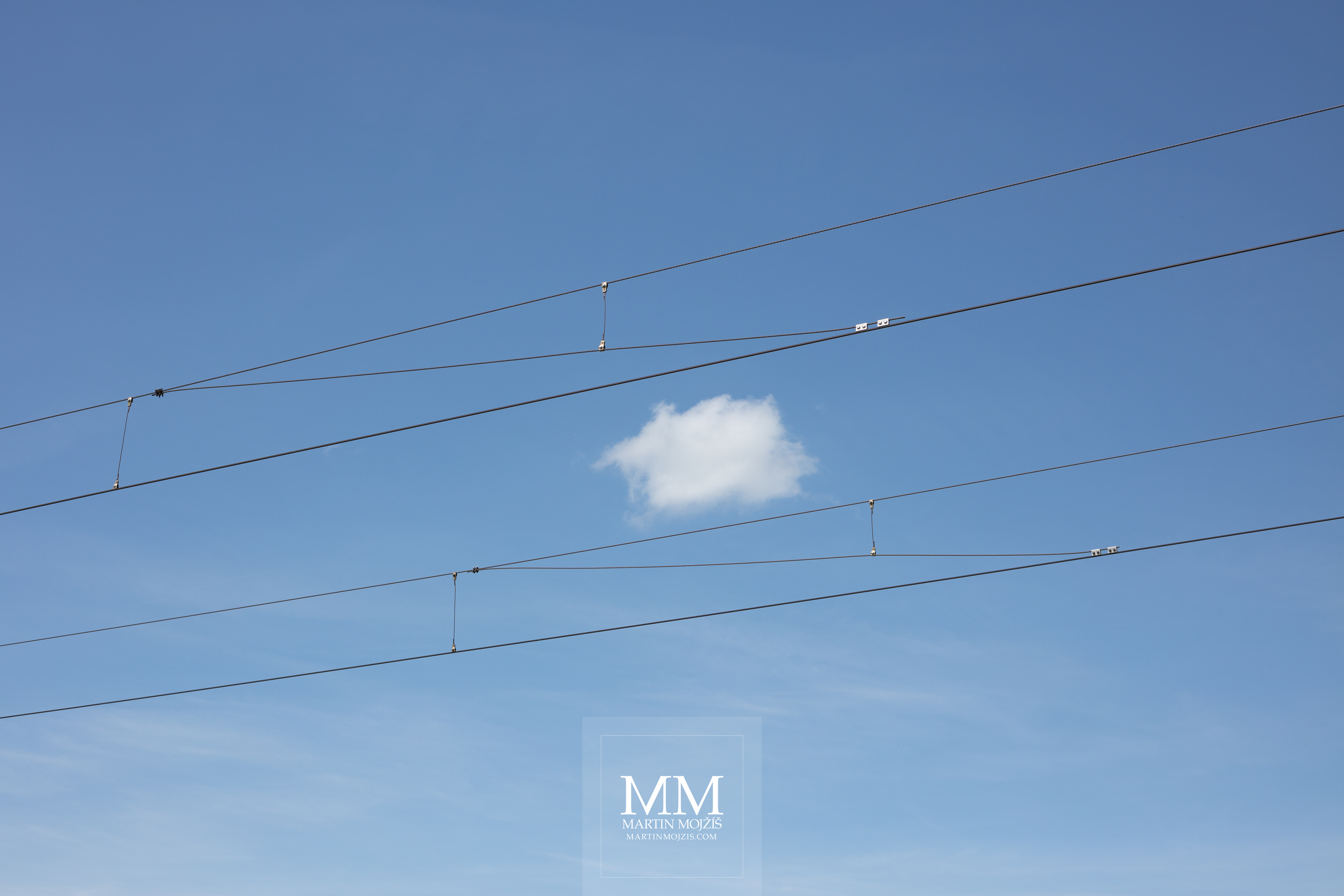

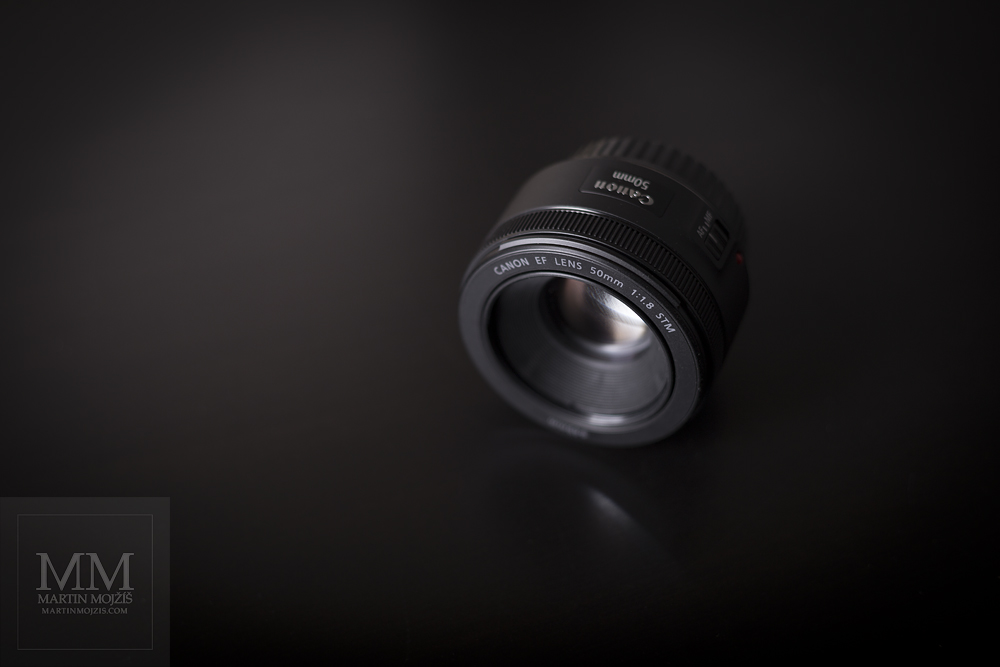
☼ July 5, 2018.
The so-called prime lenses with a fixed focal length 50 mm are among my favorite. With a Nikon D700 great and beautiful AF 50 mm 1:1.8 D, with a D3X and a D810 except it also ►AF-S 50 mm 1:1.4 G. With ►Canon 5DSR, 5DII and ►5DIII I used excellent EF 50 mm 1:1.8 II and now also a new one EF 50 mm 1:1.8 STM, just so 6D and 80D.
EF 50 mm 1:1.8 STM is the cheapest lens that Canon produces. We will buy it for approximately 100 € or $125. Who would expect, that will receive a low-quality product at a low price, practically unusable for any serious work, will be very pleasantly surprised.
Already the predecessor of this lens, Canon EF 50 mm 1:1.8 II was optically outstanding. It can handle even the most demanding sensor 5DSR without problems and with its sharp, unbeatable double Gaussian design, takes off breath when looking to 100% magnified photographies. The only small problem, but it is not difficult to forgive it because of the price, is his fragility, given by the plastic mount and fixing the lens hood on the inner tube, which shrinks or retracts when focusing. Autofocus is quite noisy and with noticeable hits in end positions, on the other hand quite fast. Backlight needs to be handled with care and longitudinal chromatic aberrations sometimes occur.
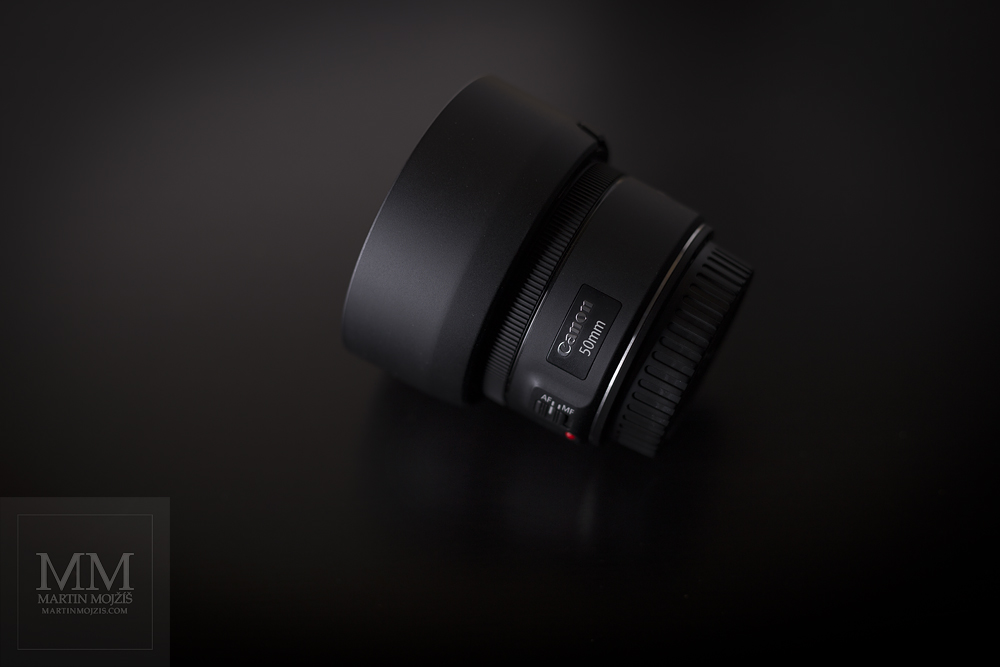 Successor Canon EF 50 mm 1:1.8 STM remained with the proven optical design of his predecessor. The only novelty is therefore the more effective antireflection treatment of individual optical elements. But what has changed completely is mechanics.
Successor Canon EF 50 mm 1:1.8 STM remained with the proven optical design of his predecessor. The only novelty is therefore the more effective antireflection treatment of individual optical elements. But what has changed completely is mechanics.
The most upbeat novelty is the honest metal mount. The whole lens design is very solid. Lens hood is now attached to the main tube and the whole is therefore substantially more robust. The hood has a little lock moreover, the thing pleasant and in this category of lenses also quite exceptional. As I have said many times in previous articles, autofocus is not very important to me. But there has also been a change, the movement of the focusing mechanism is now driven by a stepping motor (STepping Motor – STM). Focusing ring (it could be a bit wider, but you can get used to it) does not have a direct mechanical connection to the gear, pulses for motor are transmitted electronically. The ring works well, manual focusing is precise and after a moment of custom surprisingly intuitive too.
Lens hood must be purchased separately, as is common with all Canon lenses (except L).
The thread diameter for the filters is somewhat unconventional 49 mm, I would rather prefer the original, more common 52 mm. On the other hand, as with most of the fifties, the front element is recessed in the tube relatively deeply and with the lens hood this distance is more than doubled, therefore, the protective filter is almost unnecessary. On the contrary, by mounting it, we extend the front optical part outward to come up with the inherent advantage of the construction.
|
TECHNICAL SPECIFICATIONS, DIMENSIONS AND PRICE. |
|
|
Focal length: |
50 mm. |
|
Minimum aperture: |
1.8. |
|
Maximum aperture: |
22. |
|
Optical design: |
6 elements in 5 groups. |
|
Angle of View: |
46°. |
|
Minimum Focus Distance: |
35 cm. |
|
Diaphragm Blades: |
7, rounded. |
|
Filter Thread Diameter: |
49 mm. |
|
Dimensions (D x L): |
69.2 x 39.2 mm. |
|
Weight: |
approx. 160 g. |
|
Price: |
100 € or $125. |
But let's take a look at the photographies, which Canon EF 50 mm 1:1.8 STM lens create. I worked with cameras Canon EOS 5DSR and 6D. There was no filter on the lens. File type RAW (CR2). Processed in Adobe Lightroom 6.14, with only one exception the basic sharpening 25/1/25/0 was left, which I have proven to be a reference when testing lenses.
The crops are 100% size at 150 dpi. In case of 5DSR you are looking closely at the fragment almost one and half meter picture, with 6D approx. meter.
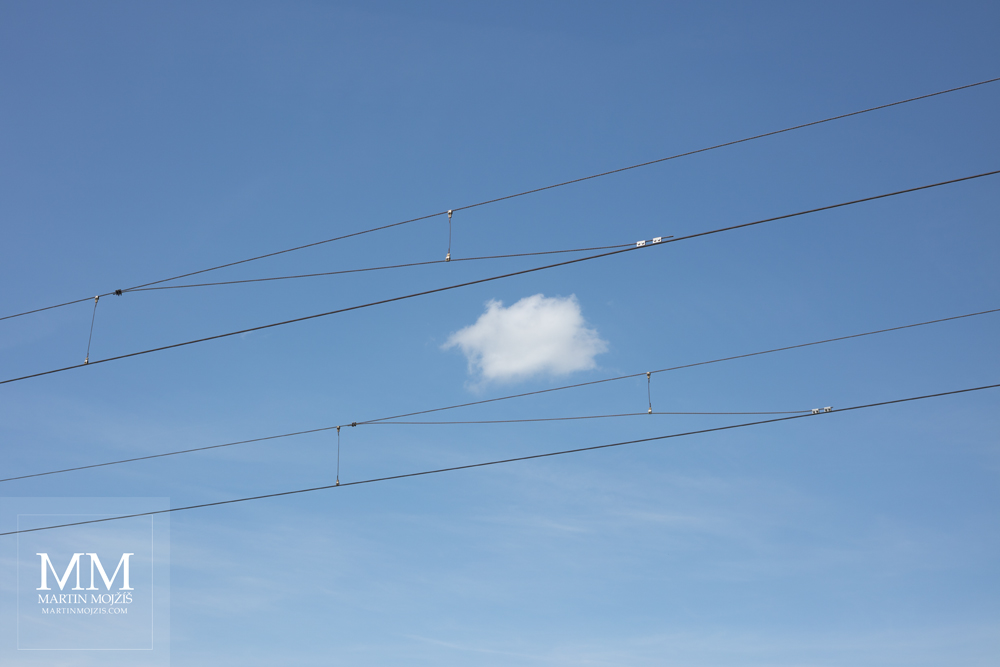
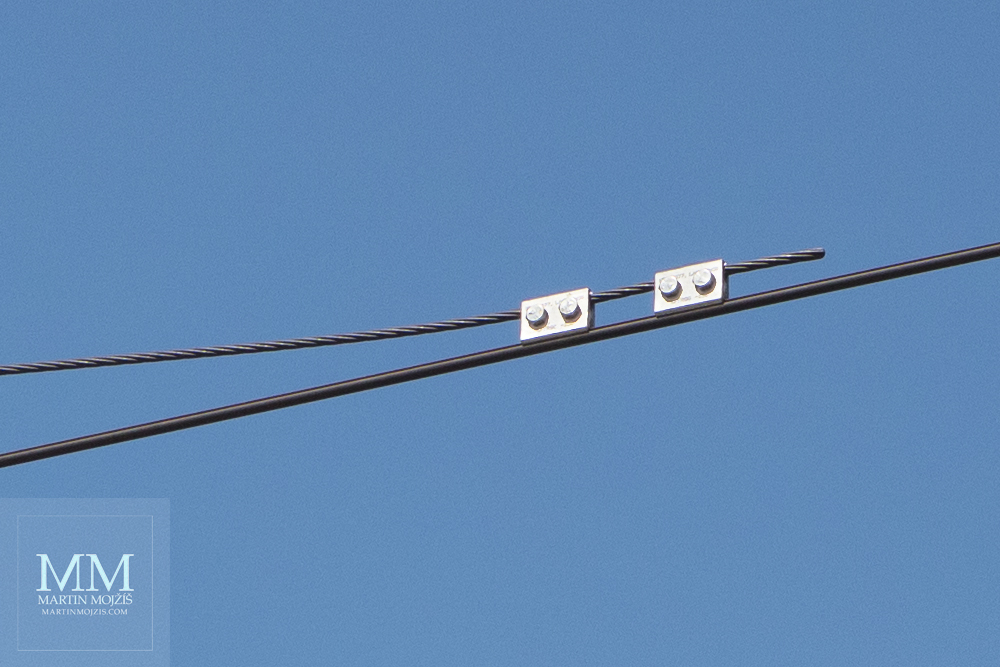 ↑ ABOVE THE RAILWAY. Canon EOS 5DSR (50 Mpx), exposure time 1/1000 second, aperture f/8, ISO 200, exposure correction -1/3 EV.
↑ ABOVE THE RAILWAY. Canon EOS 5DSR (50 Mpx), exposure time 1/1000 second, aperture f/8, ISO 200, exposure correction -1/3 EV.
Second photograph is crop from 100% size at 150 dpi.
Excellent sharpness, details and resistance against overglowing of glossy surfaces.
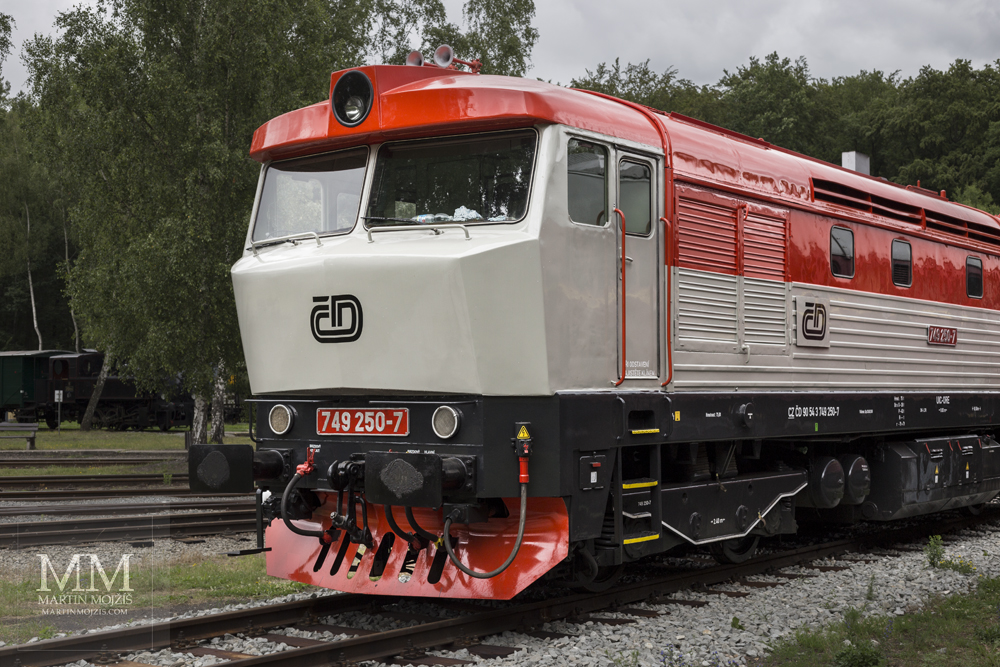
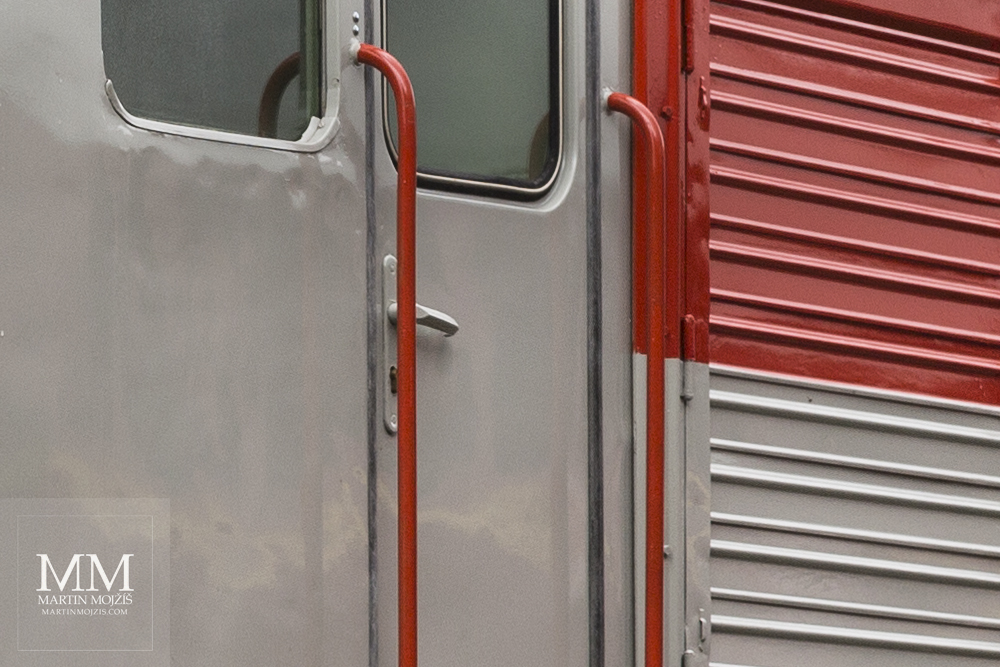 ↑ FROWNY. Canon EOS 6D (20 Mpx), exposure time 1/200 second, aperture f/8, ISO 100, exposure correction -2 EV.
↑ FROWNY. Canon EOS 6D (20 Mpx), exposure time 1/200 second, aperture f/8, ISO 100, exposure correction -2 EV.
Second photograph is crop from 100% size at 150 dpi.
Pure, precise color transfer without unwanted color shifts or toning.
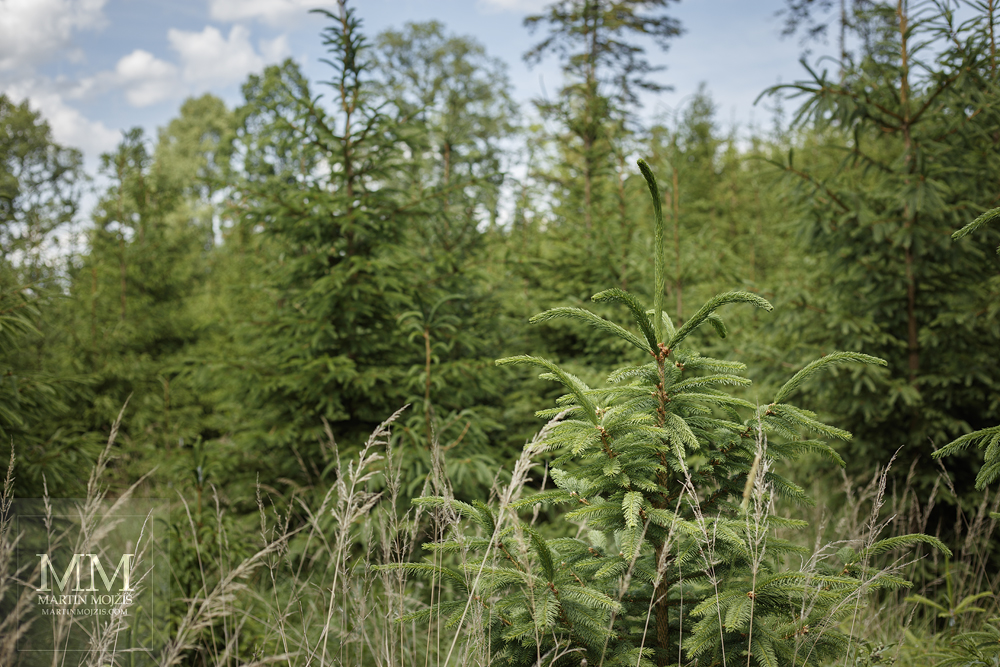
 ↑ I WILL GROW UP. Canon EOS 5DSR (50 Mpx), exposure time 1/400 second, aperture f/4, ISO 200, exposure correction 0 EV.
↑ I WILL GROW UP. Canon EOS 5DSR (50 Mpx), exposure time 1/400 second, aperture f/4, ISO 200, exposure correction 0 EV.
Second photograph is crop from 100% size at 150 dpi.
As a standalone picture this image would not stand, the little tree goes too far with the surroundings, at least in shrinking for the internet, where there is not much to see a relatively shallow depth of field. As an illustration of the drawing at f/4 it is excellent. The drawing is quite exceptional, because we are still ahead of the diffractive boundary, which is for 5DSR approximately f/5.6. For greater preciseness, I've used sharpening 50/0.5/25/0 here. Also, notice a nice rendering of bokeh areas on the cropped image.
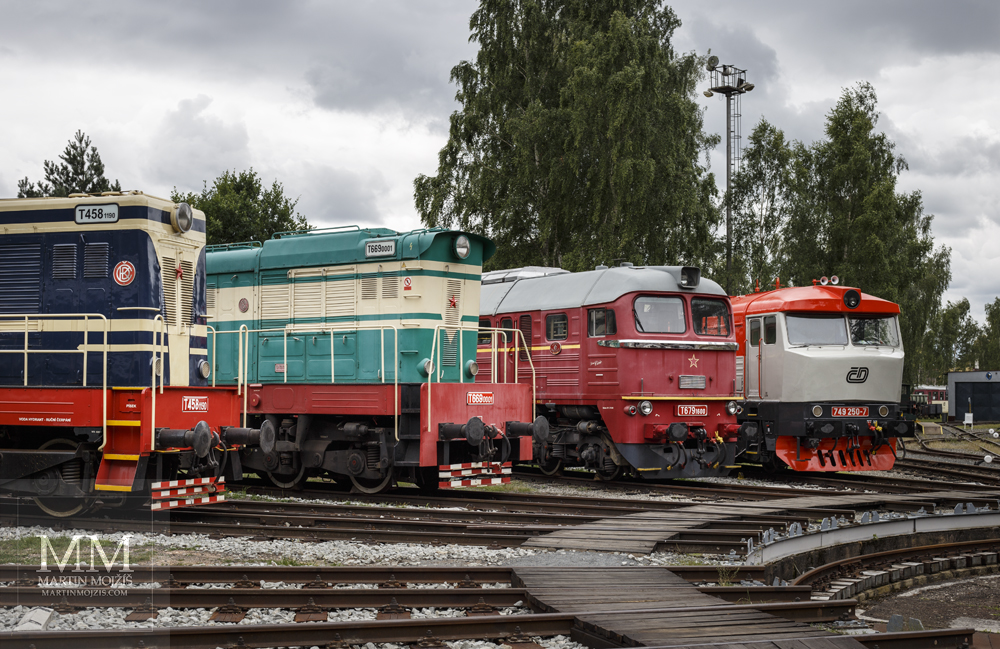
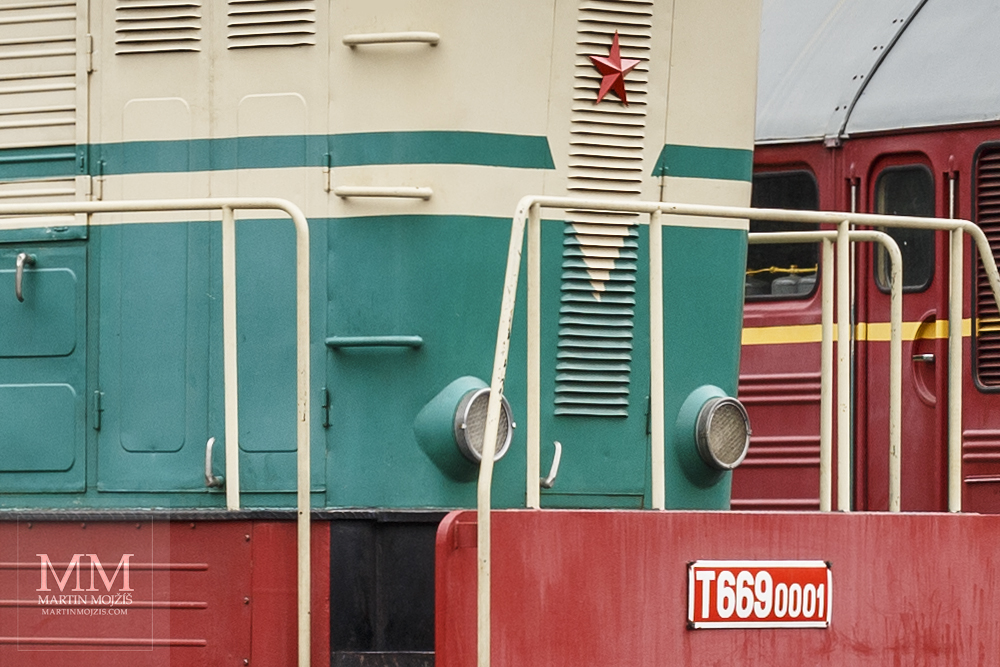 ↑ A DIESEL ELECTRIC TRACTION. Canon EOS 6D (20 Mpx), exposure time 1/200 second, aperture f/8, ISO 100, exposure correction -1 EV.
↑ A DIESEL ELECTRIC TRACTION. Canon EOS 6D (20 Mpx), exposure time 1/200 second, aperture f/8, ISO 100, exposure correction -1 EV.
Second photograph is crop from 100% size at 150 dpi.
Excellent drawing of details of individual locomotives.
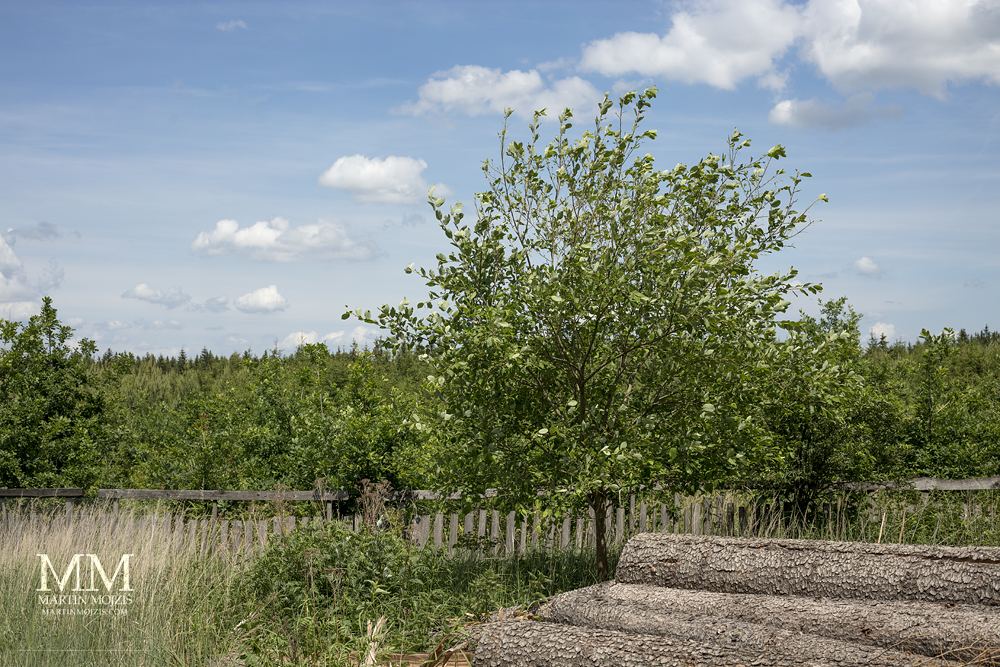
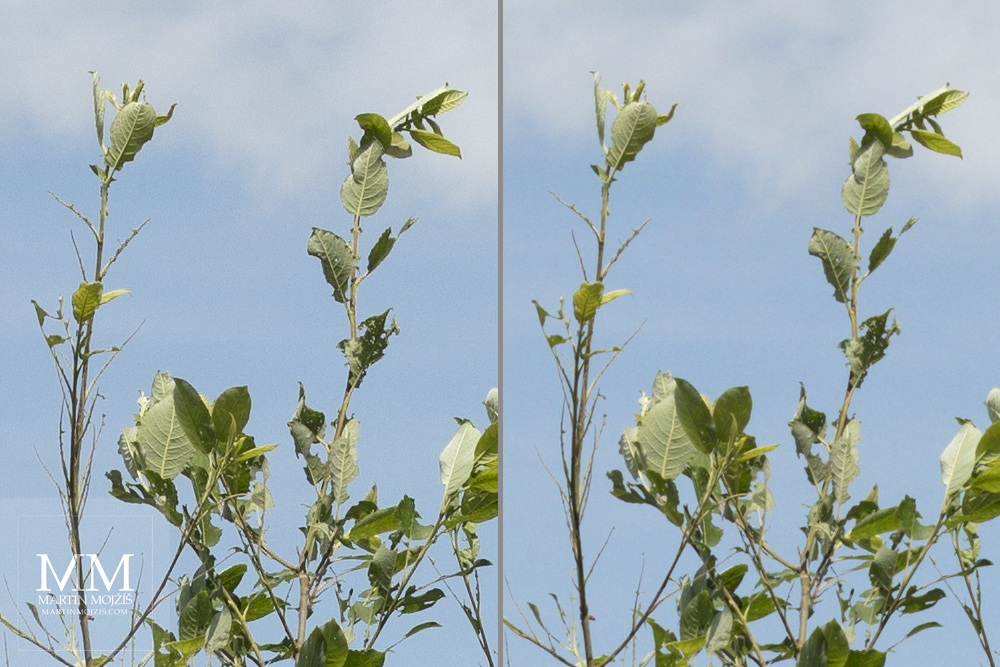 ↑ BY THE FENCING. Canon EOS 5DSR (50 Mpx), exposure time 1/500 second, aperture f/8, ISO 100, exposure correction -2/3 EV.
↑ BY THE FENCING. Canon EOS 5DSR (50 Mpx), exposure time 1/500 second, aperture f/8, ISO 100, exposure correction -2/3 EV.
Second photograph is crop from 100% size at 150 dpi.
Drawing the twigs against the sky is a very important thing for me when I evaluate the lens. Canon 5DSR with Canon EF 50 mm 1:1.8 STM lens created this photograph so good, that I decided to try something, which I do not do too much often. I have turned off the sharpening module in the Lightroom, not just the sharpening, but above all deconvolution, which slightly corrects the gauntlet caused by interpolation Bayer's mosaic to its original size. You can see the result on the right. The drawing is very good even when the focusing module is turned off. On the left is sharpening turned on. In such a demanding test, it has also stood for example Leica M10 with Leica Summilux-M 35 mm 1:1.4 ASPH lens. But it cost almost $5300 ...
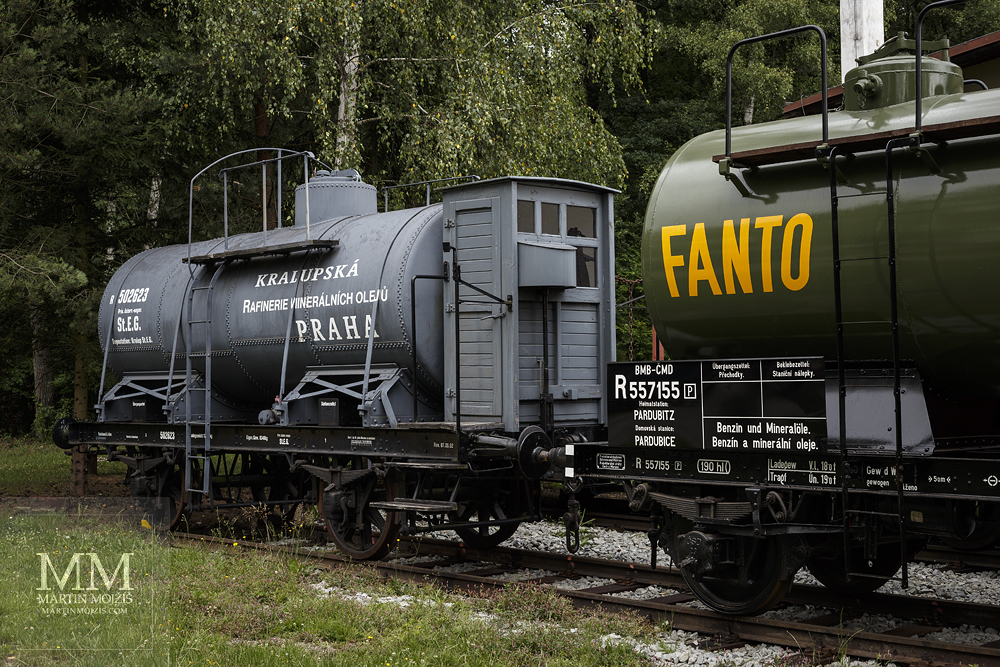
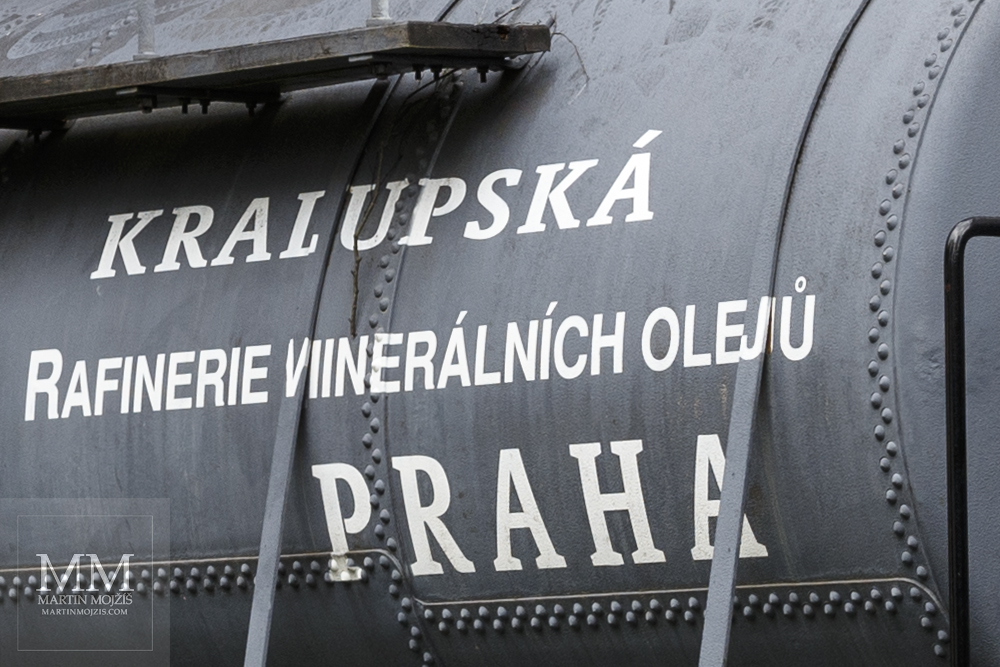
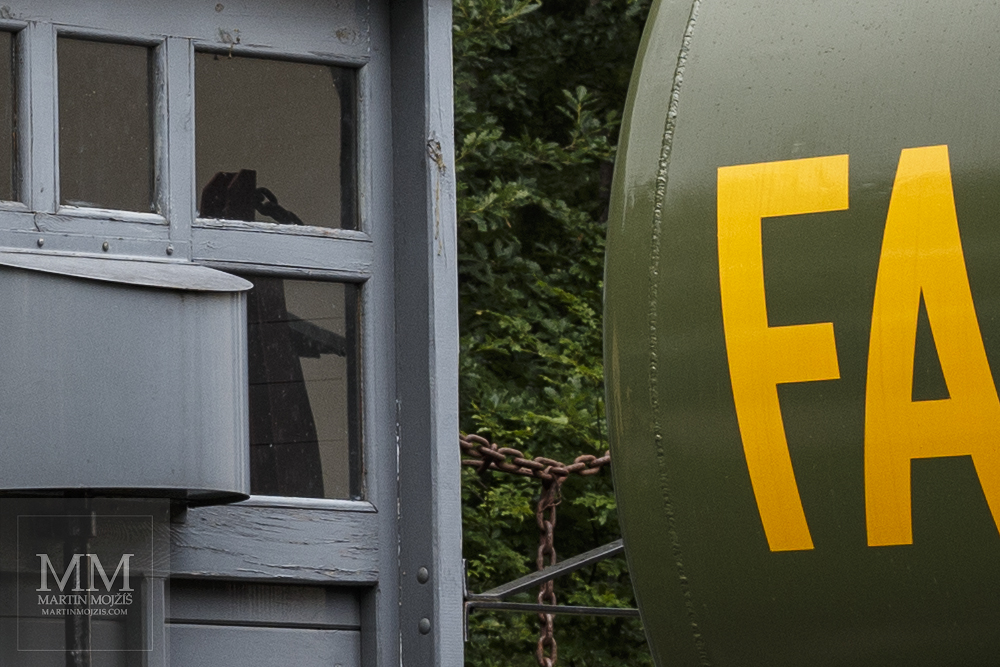 ↑ TANKER CARS. Canon EOS 6D (20 Mpx), exposure time 1/160 second, aperture f/8, ISO 320, exposure correction -1 EV.
↑ TANKER CARS. Canon EOS 6D (20 Mpx), exposure time 1/160 second, aperture f/8, ISO 320, exposure correction -1 EV.
Second and third photographs are crops from 100% size at 150 dpi.
Very good microcontrast of the lens, supported by even a slight increase of detailcontrast in postproduction.
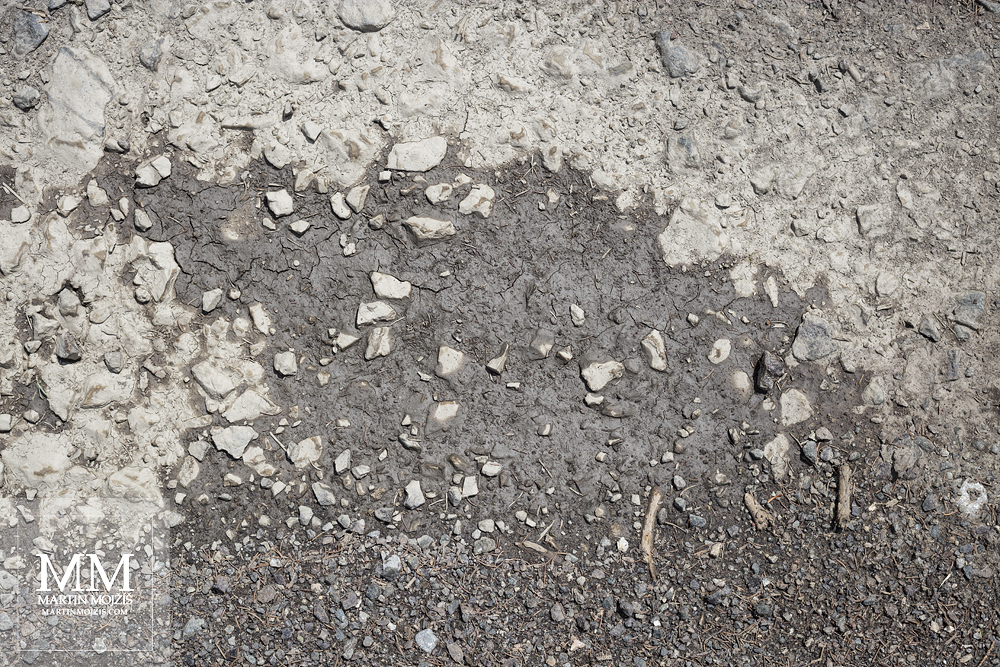
 ↑ AFTER THE RAIN. Canon EOS 5DSR (50 Mpx), exposure time 1/800 second, aperture f/5.6, ISO 100, exposure correction -1/3 EV.
↑ AFTER THE RAIN. Canon EOS 5DSR (50 Mpx), exposure time 1/800 second, aperture f/5.6, ISO 100, exposure correction -1/3 EV.
Second photograph is crop from 100% size at 150 dpi.
Spatial, lively, very detailed drawing.
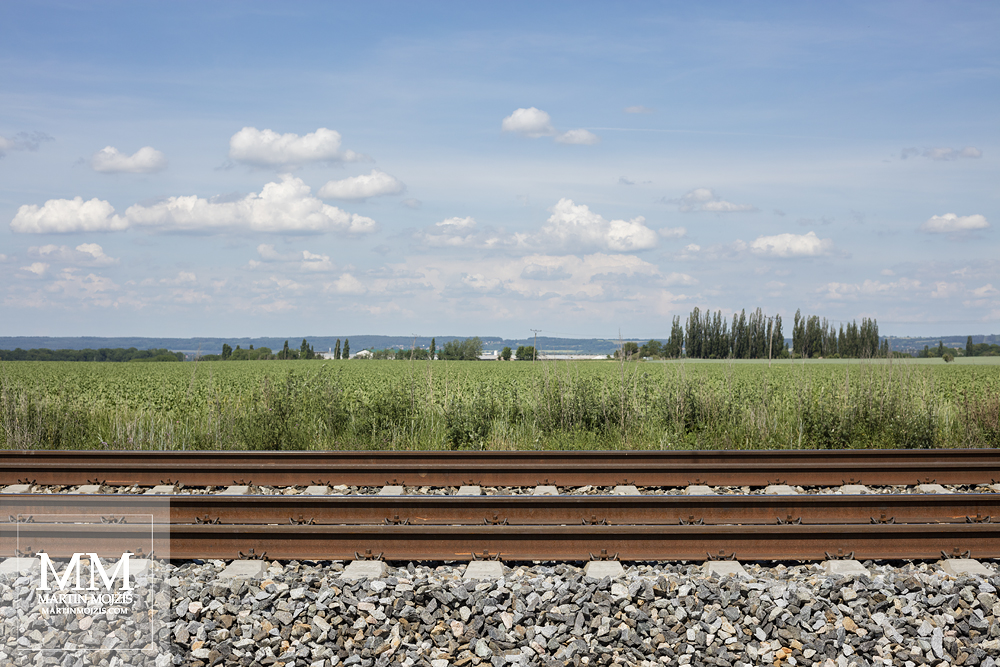
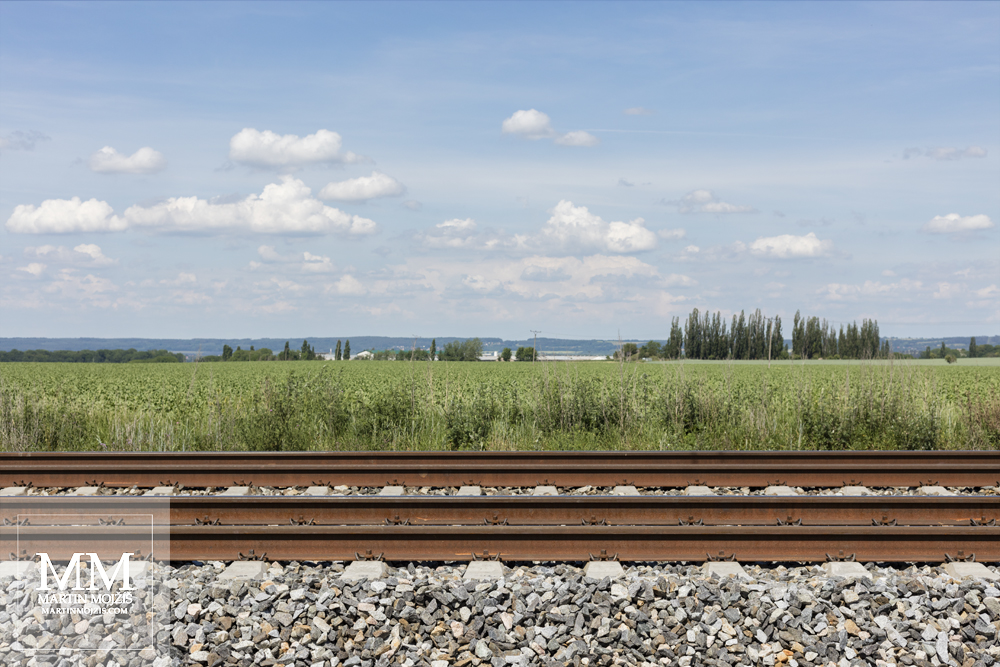
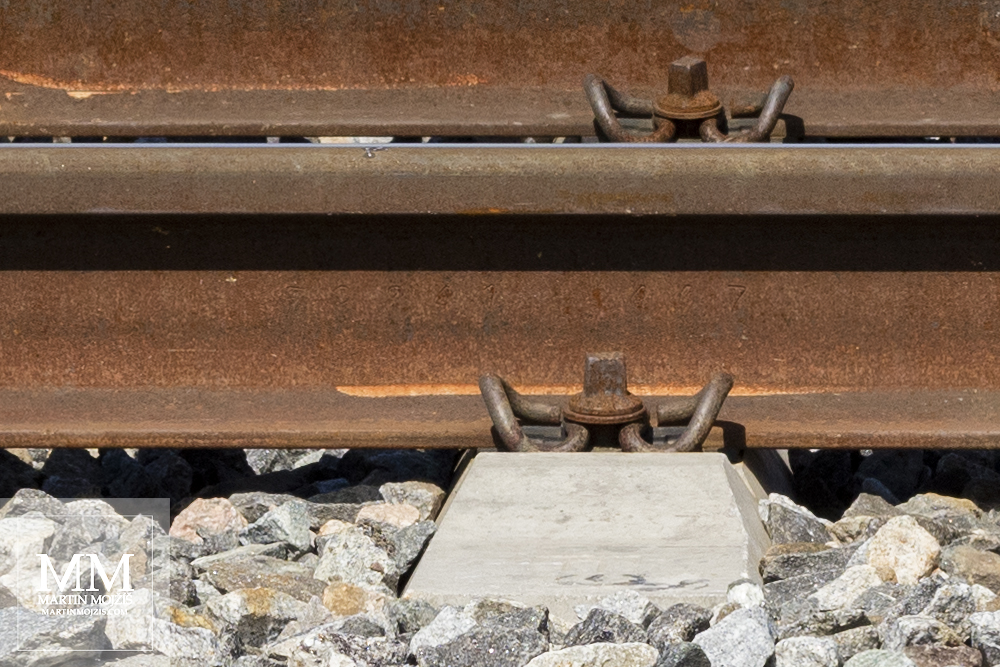 ↑ A RAILWAY EMBANKMENT. Canon EOS 5DSR (50 Mpx), exposure time 1/1000 second, aperture f/8, ISO 320, exposure correction -1/3 EV.
↑ A RAILWAY EMBANKMENT. Canon EOS 5DSR (50 Mpx), exposure time 1/1000 second, aperture f/8, ISO 320, exposure correction -1/3 EV.
The lens has a slight barrel distortion (on the first photograph), which can be automatically corrected by the Lens Correction feature in Adobe Lightroom (second photograph). Third photograph is crop from 100% size of corrected image at 150 dpi.
After looking at photographies, you probably have a clear idea, how the extra lens you will get at such a low price. The only problem are the occasional longitudinal chromatic aberrations. They did not show too much on the test photographs, but they are here and when using an open aperture, it is necessary to count on them in certain circumstances. However, this property sometimes bothers almost all the fast lenses. On the other hand, common edge chromatic aberrations are excellently corected, so I usually do not even turn on their fix in Adobe Lightroom. Caution should also be when photographing in frontlight and with light sources emitting towards the camera, when there may be reflections and other artifacts. Everything, however, to the degree that is common with even more expensive lenses.
Regarding the design, I would welcome the scale of focusing distances. But this is not a big problem. I would be more comfortable with internal focusing when nothing comes out of the lens. This would, however, cause tube extension and, on the contrary, the target was as compact design as possible. I like the minimalist, decent and tasteful appearance of the lens.
Canon EF 50 mm 1:1.8 STM I have tried with Canon EOS 80D too, which has smaller, APS-C image sensor with 24 Mpx resolution. The results were slightly worse; despite the fact, that the lens was drawing very well, it was known, that it is not primarily intended for a small sensor. It was as if all his abilities were not fully developed here, which demonstrates with a 36 mm sensor 6D and above all 5DSR.
For little money, little music, it is said. Canon EF 50 mm 1:1.8 STM is but a cycle of all-night concerts by the great symphonic orchestras for a symbolic one coin. This is precisely what the extraordinary nature of this is, referred to in the subtitle. So, if you are thinking about a noble, universal lens with fixed focal length, I can Canon EF 50 mm 1:1.8 STM strongly recommend.
© Martin Mojzis, 2018.
Photographies: © Martin Mojzis, 2018.
►To the beginning of the article.
►Overview of all articles.
►Homepage.
►Site Map.